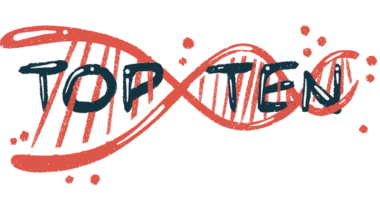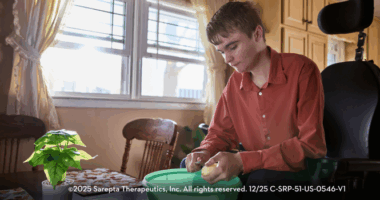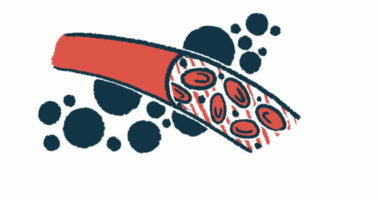Scoliosis Surgery May Improve DMD Patient Lives Despite Risk of Complications

Correcting scoliosis of the spine with surgery could improve function, sitting balance, and quality of life for patients with Duchenne muscular dystrophy (DMD), according to a review article.
The report, “Duchenne muscular dystrophy: the management of scoliosis,” was published in the Journal of Spine Surgery.
The paper summarizes the current management of scoliosis in DMD patients. Researchers cover pre-surgery interventions that could help delay scoliosis development, the optimal timing for surgery, different surgical techniques, and potential risks and complications of anesthesia.
Improvements in respiratory care, surgical techniques, and the use of steroids help patients with DMD maintain their quality of life and improve their life expectancy. But scoliosis, also known as curvature of the spine, remains a serious issue with negative impact on breathing because the lungs become compressed and displaced, and respiratory muscles become compromised by the abnormal shape of the thoracic cavity.
The exact reason why scoliosis develops in DMD patients is not quite understood, but the patient’s restricted ability to move coupled with increased muscle weakness may lead to changes in the trunk (torso).
Maintaining the ability to walk for as long as possible seems to be the most efficient way to delay scoliosis. Steroids have been shown to prolong the ability to walk independently, but surgery to release contractures could be necessary.
Because different patients develop scoliosis at different times and with different rates of progression, deciding when to perform surgery can be challenging. According to the study authors, the patients’ lung and heart function and the degree of scoliosis severity can help doctors determine the optimal time.
The study reported several techniques for scoliosis surgery in DMD. According to the authors, considerations that must be taken into account are: the type of metal to use; the pattern of instrumentation such as wires, hooks and pedicle screws; and the type and source of any bone graft.
Primary risks and complications of surgery come from using anesthetics. Some anesthetic agents can destabilize muscle membranes. The muscle relaxant suxamethonium is absolutely unadvised for DMD patients.
Other surgery risks for DMS patients include heavy bleeding, strain on the already compromised heart muscle, respiratory failure, infection, and loss of head control because the center of mass in the head is moved backward by surgery.
The study’s lead author Dr. James Archer of The Royal Orthopaedic Hospital in Birmingham, U.K. and colleagues support surgery for scoliosis patients despite potential risks.
“It delivers significant improvement in patients’ lives,” the authors wrote. “There is also evidence that life is prolonged in those who had both scoliosis surgery and used non invasive ventilation.”






